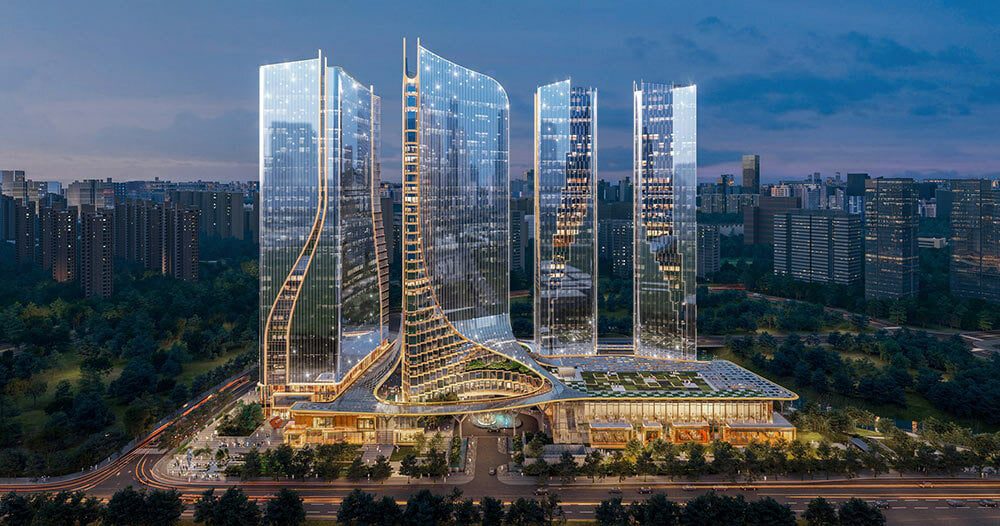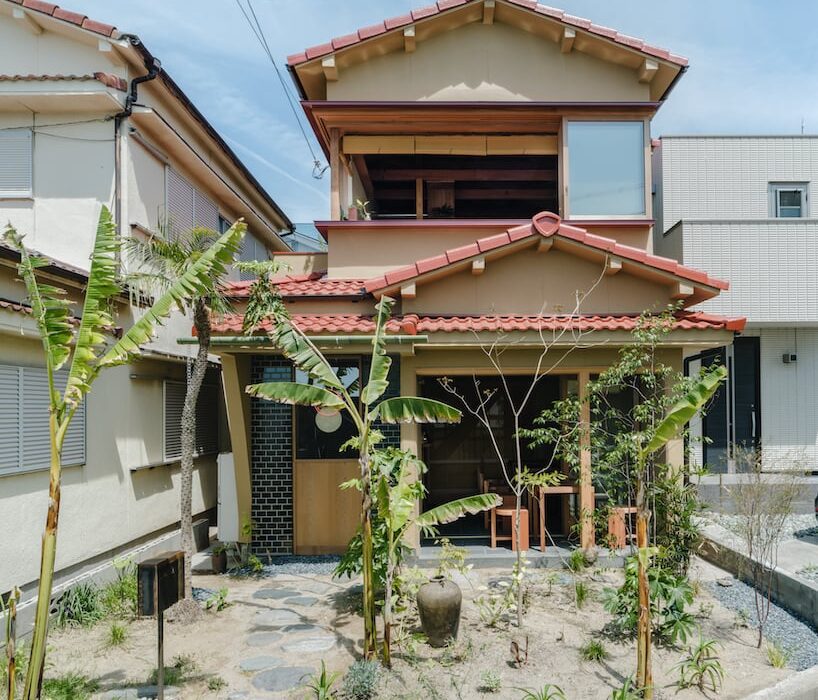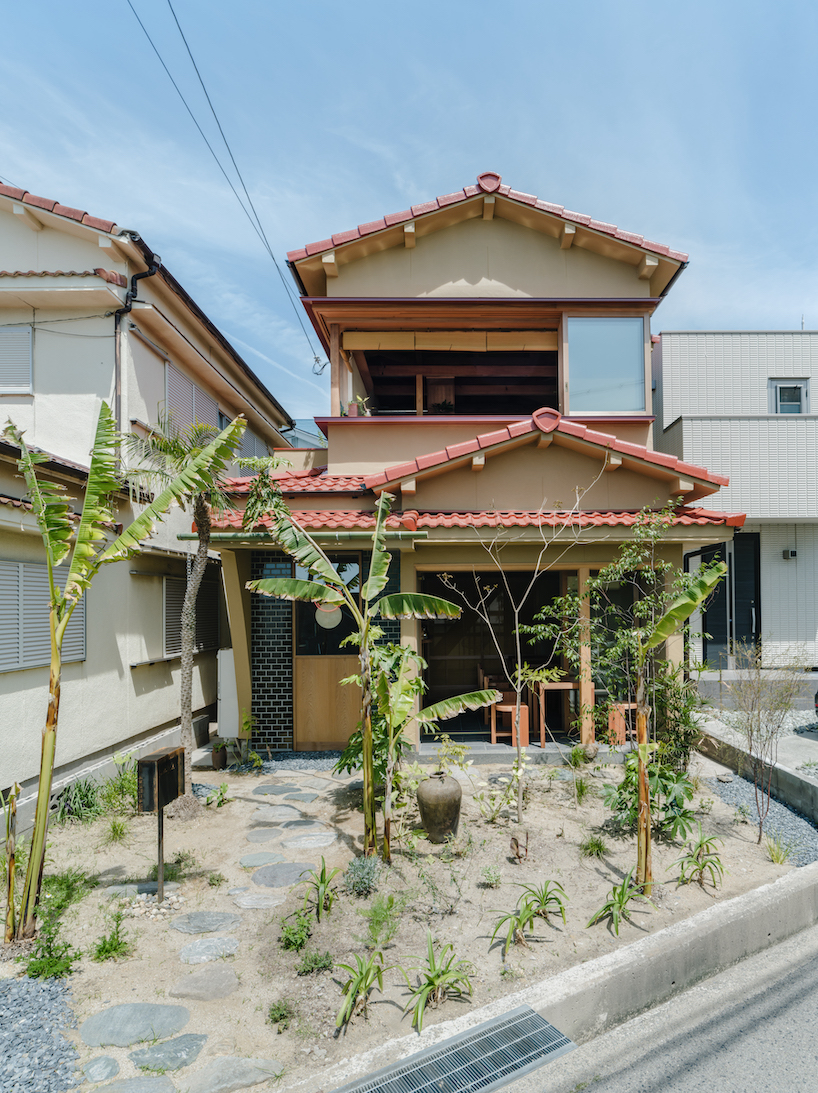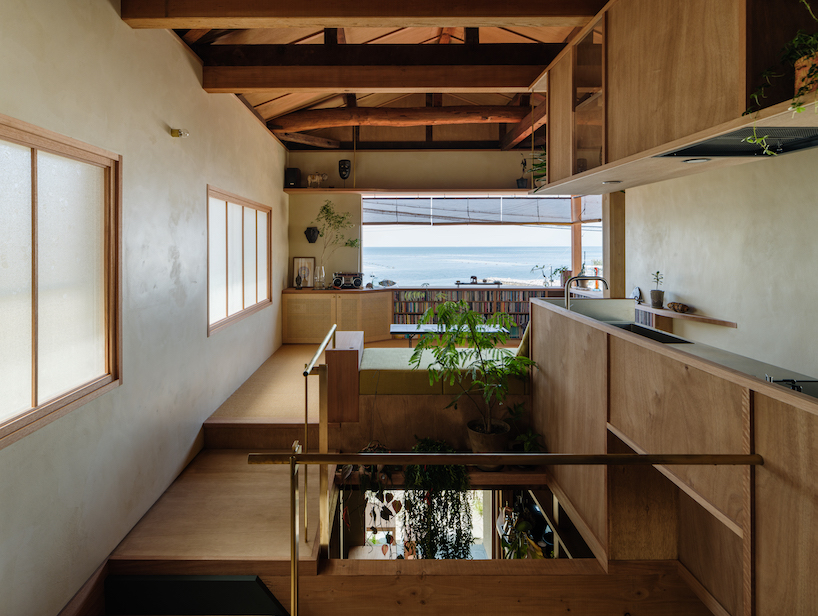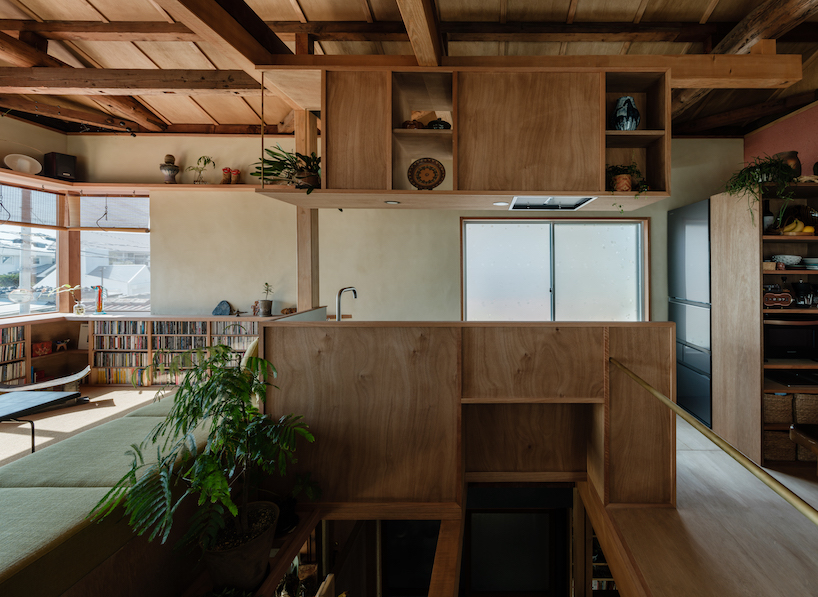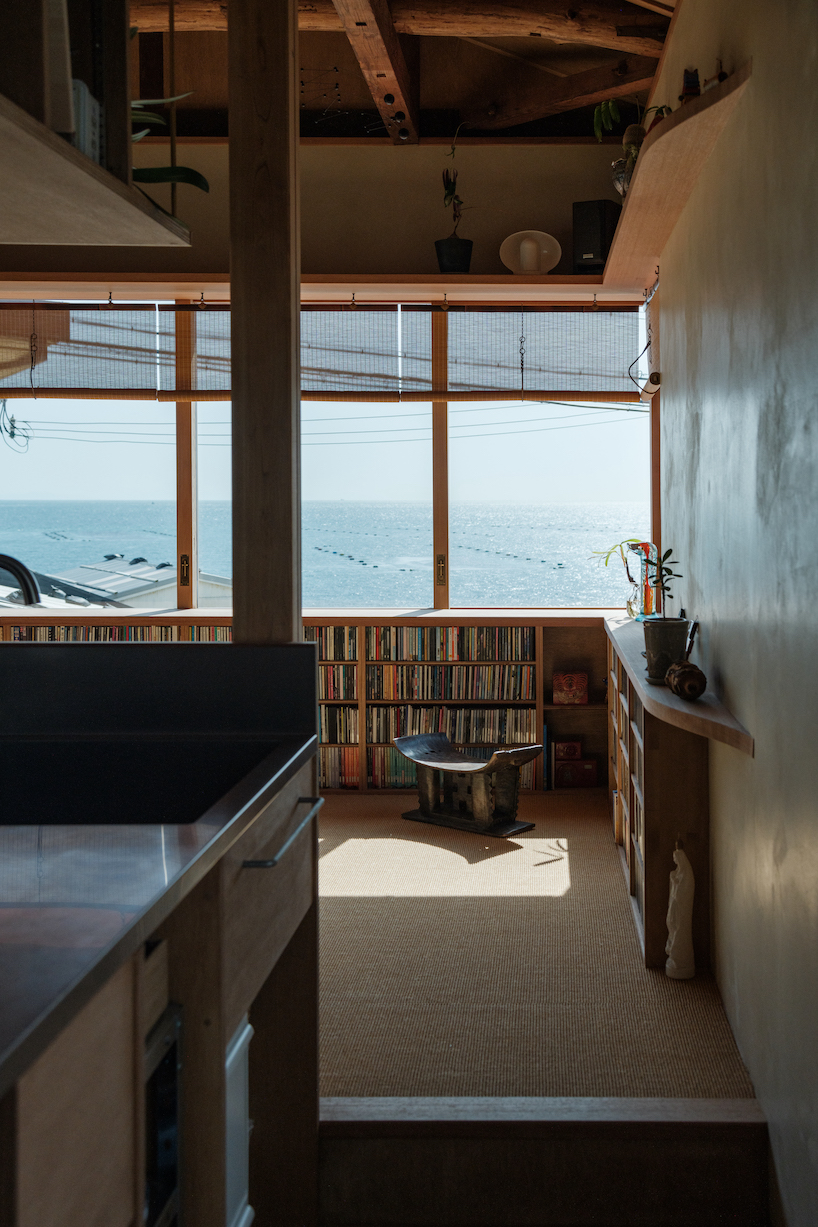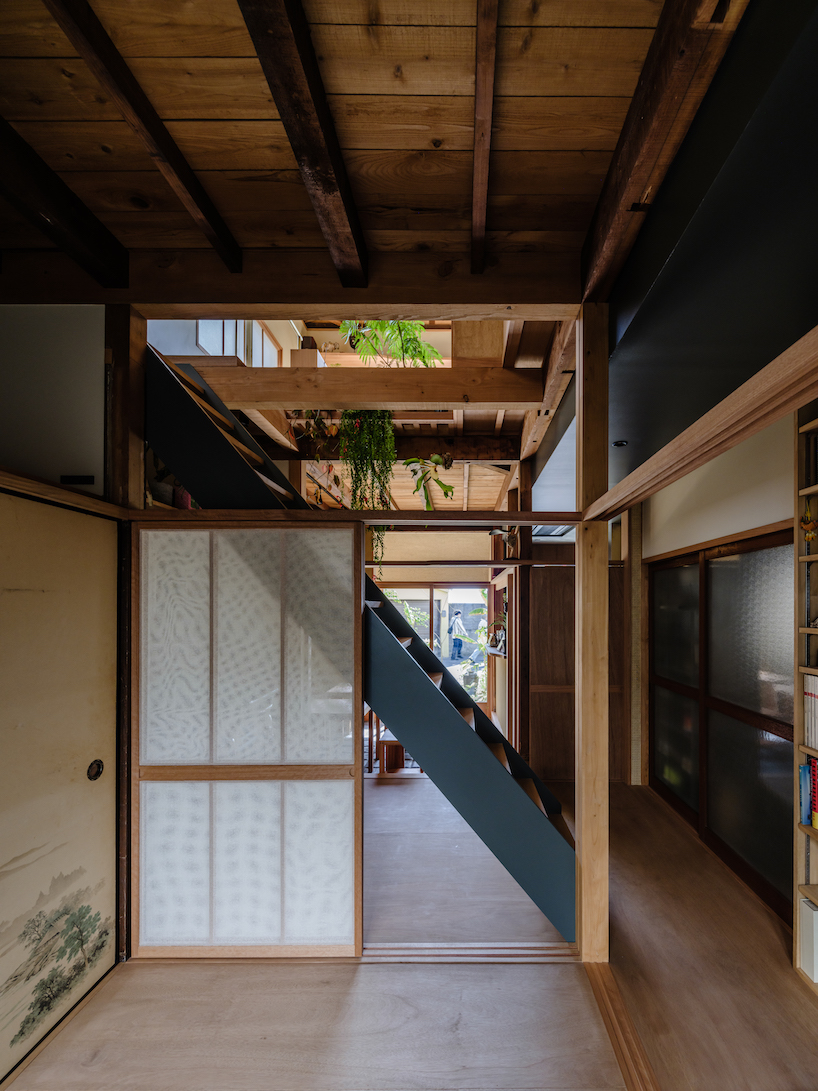UNstudio plans four fluid mixed-use towers for hangzhou, china
project info:
project title: Hiwell Amber Centre
architecture: UNStudio | @unstudio_architecture
location: Hangzhou, China
client: Hiwell Properties
status: under construction
visualizations: SAN © Hiwell Properties / ICON
local executive architect: China United Engineering Corporation Limited
structure: Canopy+T3: ARUP
facade (canopy): ARUP
facade (towers): Positive Attitude Group (PAG)
fire engineering (hotel): RJA
MEP (hotel): Squire Mech
MEP (apartment, office): MJP M&E Consultant
kitchen (hotel): RICCA
landscape: JTL Studio
lighting: Brandston Partnership. Inc (BPI)
UNStudio team: Ben van Berkel, Hannes Pfau with Erica Fang, Matt Burdalski, Judy Wong, Xiaorong Mo, Rafael Yoon, Zhengda Hou, Chengyang Liu, Cheng Tan, Chris Liu, Albert Yen, Craig Yan, Jon Espinosa Molano, Dongbo Han, Ami Nigam, Joanna Wang, Ray Wong, Haodong Hu, Yu Zhao, Junya Huang, Andres Monis Rodriguez, Ruijie Xu, Yufeng Tu, Joy Li, and Tony Hu, Antoine Muller, Shail Patel, Wei Huang, Biqin Li, Lawrence Ma, Bin Fu, Pedro Manzano Ruiz, Richard Stewart, Arturo Revilla Perez, Maya Calleja Calvo, Dongjie Qiu, Tsung-Yen Hsieh, Harsh Arora, Zhenyu Yang

